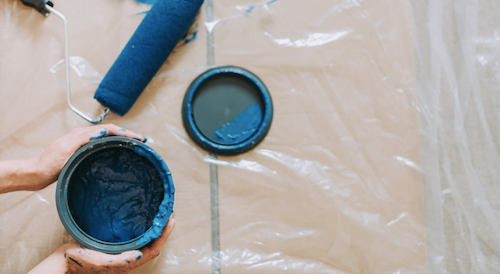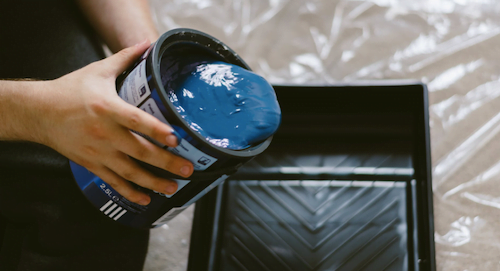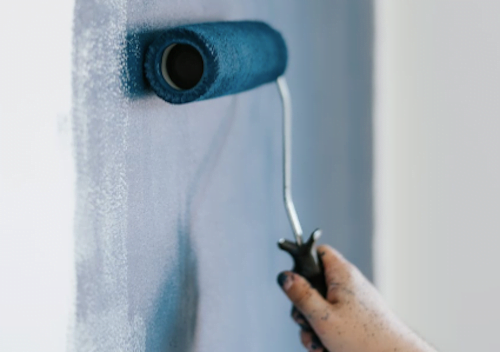6 steps to picking the perfect paint color
Buying paint is fairly affordable. But the actual painting of a room is time consuming and/or costly. It is a process you only want to do every 7-10 years. So there is a lot at stake when choosing your room’s paint color.
Scroll through the paint chips. Flip through the paint fan. Google top colors for each type of room. Narrow your choice to the one that looks perfect.* We only use Benjamin Moore because the quality is great, they have lovely options, and their line is readily available most everywhere.
*If you can’t find a color that you really like, check out Benjamin Moore’s Historical Colors. They offer deeper and richer and more sophisticated set of colors—you won’t go wrong with one of these beauties.
But don’t stop there…

You need to be able to compare your favorite color to another choice.
If you can’t find a runner-up, choose a color that is lighter and/or one that is darker than your perfect color. This will give you a point of comparison when sampling since the lighting in each room varies.
Beware: don’t sample more than 3 colors or you will open a Pandora’s box of problems. Going “paint crazy” is a real thing. There are so many options that you can go mad. In case of paint paralysis, check out our Historical Color note above.

Choose 2 walls that get different types of light, i.e. one that gets direct sun and another that doesn’t.
Purchase sample paint pots. The paint stickers, chips, and swatches can be a help. But different textures of walls absorb and reflect paint differently. There is nothing like actually applying the paint to the surface to truly understand how the the color will appear.


Paint 18”-24” squares of each color on inside of the primed areas. Put the samples up in alphabetical order to remember which color is which. Apply one coat. Allow it to dry. Apply the second coat. Allow it to dry.
As it dries, the paint’s color will change. Be sure to wait a full 1-2 hours after the second coat before deciding which color to commit to.
Keep in mind that the color of a small sample will appear darker than the color will actually be when painted all over.
Check out the paint color in the daytime and in the evening.

Be bold. Paint fearlessly knowing that you have done your paint due diligence. Email us “after” pics.
We can’t wait to see what color you chose!


